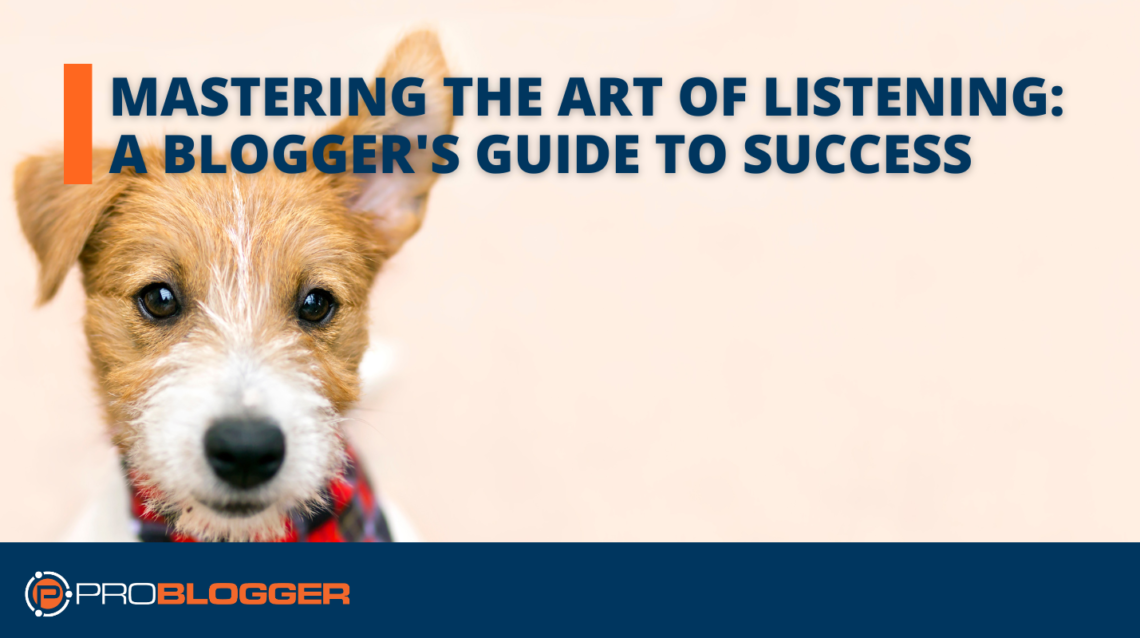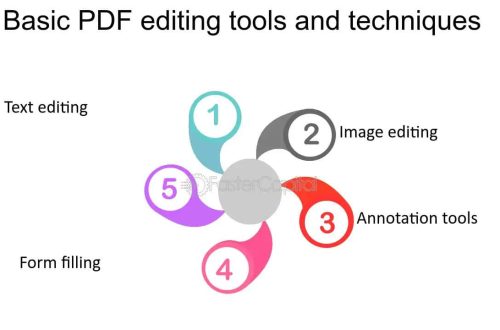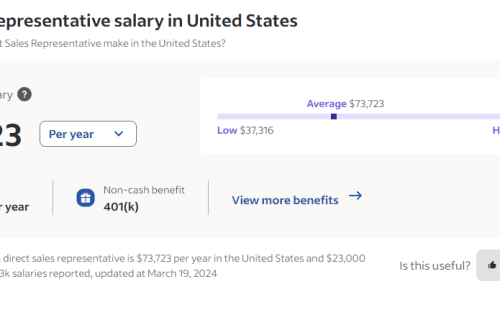Once upon a time, I shared a set of slides from a presentation which outlines a variety of lessons that I’ve learned as a blogger. Over the coming months I intend to expand upon many of the points in that presentation – starting today with ‘Listening’.
When I began blogging in 2002 I made a lot of mistakes and had a lot of false assumptions about blogging. One of the things I quickly found out didn’t work when trying to grow a blog was to use it purely as a broadcast tool.
In the first few weeks of blogging it was almost as though I was using the blog as a platform or a stage where I stood with a megaphone in hand blasting out my message for anyone who might happen to be passing by to hear. It’s no wonder that only my wife read my blog that first week (and even she never really came back).
Nobody likes a loud mouth. Nobody wants to be on the receiving end of someone talking AT them.
The people we tend to be drawn to in real life are people who pause in conversation to let you have a say, people who ask questions about you, people who have a genuine interest in what you’ve got to say.
The same is true (in most cases) when it comes to blogging.
Of course there are cases where blogs are successfully used as broadcast tools with little interaction between blogger and reader – however in most cases there is at least some element of ‘listening’ going on by the blogger. Let me explore a few ways that a blogger should consider ‘listening’:
Listen to the culture of the blogosphere
This is one for those yet to start blogging (and it should also be applied to those getting into new social media tools like Twitter, Facebook etc).
I was chatting with a new blogger recently who described her first week of blogging as being similar to travelling to a new country and having to adjust to a new language, climate, etiquette and customs as an outsider.
When travelling overseas for an extended stay (perhaps for a new job) most travellers know that one of their first tasks as a new resident is to make some cultural adjustments.
- learning some basic words in the local language
- finding a local who can talk them through the etiquette
- getting a map so that they can find their way around
- learning to use systems like public transport…. etc
In a similar way – when you’re new to the blogosphere (or any new part of the social media-sphere) it’s important to pause, take stock, learn about the culture, learn to use the tools, discover what is acceptable (and not acceptable), learn the rhythms etc
The danger in not learning the culture of the blogosphere is doing something that not only doesn’t work but that offends ‘the locals’ and hurts your reputation.
Listen for where your potential readers are gathering
One of the key tasks that any new blogger who wants to grow their readership should do is identify where their potential readers are already gathering online.
As I mentioned a couple of weeks back – it’s not enough just to build a good blog with great content in order to find readers for your blog. If you want people to know about your blog you need to ‘get out there’ and interact with them and develop a presence in the places that your potential readers are already gathering.
Of course before you can find these places you need to have an understanding of who you’re trying to attract – so do a little work on defining who you want to read your blog and then begin to look for where that type of person is already gathering (I talk more about how I did this in this recent video on how I use promote my blog).
Listen to what others in your niche are saying
One of the most powerful things that I did which helped take my early blogs to the next level was to begin to monitor what others in my niche/industry were talking about.
I discovered the power of this accidentally one day when I just happened to be surfing on another small blog that broke news of a big story. I picked up the story on my own blog (linking to the first) and then my post got picked up by a massive blog which drew in a lot of new readers. Knowing what was happening in the niche helped to break stories but also build relationships with other bloggers in the niche.
Back then the tools for monitoring other blogs and topics were primitive and meant some manual hunting around (I remember in the very early days having to manually bookmark the blogs I wanted to track and visit them each every day to see if they’d posted anything new) but these days it is a lot easier to set up and automate.
My own monitoring of my niches generally happens in two ways:
- Subscribing to Feeds of Key Sources of Information – these days most sites have some way of subscribing to them, usually via an RSS feed. I have a folder in my feed reader for each of my main topics which contains a number of key blogs and news sites in that niche. I used to follow close to a thousand blogs to do this – but these days have refined the list to much less for each topic.
- 2. Keyword Alerts – using Google’s news and blog alerts I have a number of alerts set up so that if any news site or blog uses a keyword that I’m interested in I know about it. Choosing keywords that are specific enough can take a little time (some words just generate too many alerts) but on almost a daily basis these alerts identify important posts in my niches.
- Recommendation Sites – the other listening tool that I use to help me know what’s going on in my niches is to subscribe to sites that are in the business of looking for popular content in my niches. These sites can be a little hard to find depending upon your niche but because I’m largely working in the Tech space there are a few including TechMeme and Delicious. TechMeme looks at what content key blogs are linking to in the tech space and Delicious is a bookmarking site that produces a list of popular content being bookmarked at any point in time (it’s not purely tech related but does consistently produce good results for me). Both of these sites have RSS feeds you can subscribe to to monitor what’s hot.
- Twitter/X – I also find that being active on Twitter and developing a Twitter account that has a niche focus can also help you listen to what people are saying about your niche. This partly happens naturally (those you follow in your niche will share links) but there are also great tools including Tweetmeme (which shows you what is being retweeted in different categories) and other monitoring/search tools such as Twitter search (you can set up an RSS feed for different search terms) and tools built into Twitter clients (like TweetDeck which allows you to set up a column specifically for alerts). More and more useful tools are being set up for Twitter to help monitor what people are saying about your industry.
Listen to what is being said about you
The other use for some of the tools mentioned above (keyword alerts and the Twitter keyword monitoring) is that you can use them to alert you when someone is talking about you, your business, your blog or your brand specifically.
I’ve talked previously about setting up a vanity folder in your feed reader to help you do this so won’t go into great detail about it here – however it’s something that I’ve found particularly useful for a couple of reasons:
- Building Relationships – when another blogger links to you it is useful to know about it so you can go and build a relationship with that blogger and their readers.
- Reputation Management – from time to time you might also be mentioned on another site/blog/press in a more negative way. Knowing quickly about this is also important as it enables you to respond (if necessarily) or at least monitor developments.
Create Listening Spaces on Your Blog
Have you ever had a ‘conversation’ with someone where you simply could not get a word in edgeways? The person talked so fast and without taking a breath – to the point where there simply wasn’t space for you to be listened to.
Sometimes I get that same feeling while on blogs. It’s not that the blogger isn’t interested in their reader – it’s just that they get so excited about what they’re blogging about that they just don’t stop long enough to let others have a say.
One of the simplest ways to create these ‘listening spaces’ on a blog is to ask questions. Ask them at the end of your posts, ask them half way through the and even write posts that are nothing but questions.
Listen to the Questions Your Readers are Asking
One of the most important things to be on the listen out for is questions.
I remember one of my first teachers drumming into the class I was in that there was no such thing as a dumb question and that if one person asked a question it usually meant that others also had the same question going around in their minds.
As a result – when a reader asks you a question, you can bet that they’re not the only one thinking it.
Questions reveal potential topics to write about, problems with your site and opportunities to expand what you’re doing on your blog. Pay careful attention to them in the following areas:
- comments section – this is the most obvious place for your readers to ask questions
- your inbox – what questions are you getting from readers via your blog’s contact form?
- search engine referral terms – often people arrive on your site having plugged a specific question into Google. Most stats packages will reveal these terms and phrases – keep on the look out specifically for questions – also check out 103bees – a tool that specifically monitors and collates questions being asked in your search stats.
- questions typed into onsite search boxes – this is a goldmine of information, monitoring what people are searching for when they’re actually on your site will show you all kinds of needs, problems and challenges that your readers want to learn more about. Lijit is one tool that helps you track these questions.
- ask readers for questions – from time to time it can be worth writing a post on your blog that specifically invites readers to ask a question.
Listen to what is working (and what isn’t)
The last thing I’ll add on the topic of listening before I open this topic up to others to share their thoughts is to listen by tracking what is and isn’t working on your blog.
This means setting up your blog with a good metrics tool (I use Google Analytics but there are other great ones out there) and regularly using it to work out what is readers are responding to on your blog.
Some places to start include:
- What posts are being read most?
- What posts are generating good conversation/comments?
- What posts are being linked to by others most?
- How are readers using your design? (use a tool like CrazyEgg to create a heatmap)
- What days of the week are people reading your site most on? What times of the day?
- What pages are people ‘bouncing’ from your site on (bounce rate shows how many people arrive on your blog and immediately leave)
- What posts are people spending most (and least) time on?
- What posts are you getting most negative feedback on?
It is easy to obsess on some of these stats – but it’s also easy to ignore the useful stuff in them that could help you improve your blog.
How else do you Listen in your blogging?
I’ve talked for way too long on a post about listening – so now it’s over to you.
What would you add? Do you use some of the above techniques? What has worked well for you? I’m all ears!





